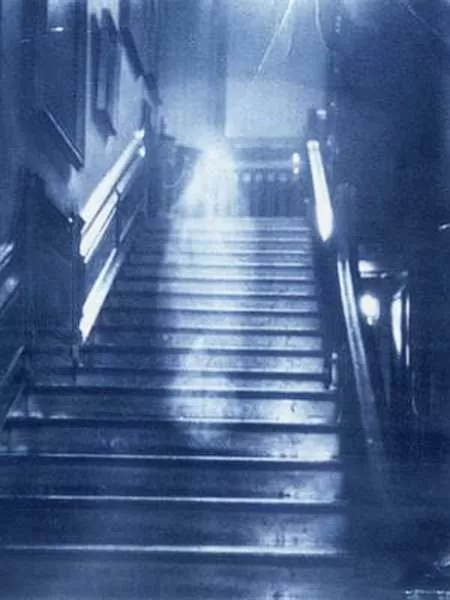The Brown Lady of Raynham Hall has captured imaginations and spooked countless souls for decades. This renowned apparition gained fame thanks to a haunting photograph taken in 1936, but the legend of the Brown Lady dates back much further. Delve into the chilling history and ongoing intrigue surrounding this spectral figure to uncover why she remains one of Britain’s most famous ghosts.
The Origins of the Brown Lady
Raynham Hall, a stately manor dating back to the 17th century, is the setting for the Brown Lady’s unsettling tale. The estate has been under the ownership of the Townsend family since its construction. The ghost is believed to be Dorothy Walpole, sister of Sir Robert Walpole, Britain’s first Prime Minister, who was married to the second Marquess Townshend in 1713.
Dorothy’s life and death have become shrouded in mystery and speculation. Reports suggest that she may have originally haunted Houghton Hall before moving to Raynham Hall, following her marriage to Townshend. Dorothy’s tragic end came in 1726, and her spirit is said to be forever linked to the halls she once frequented.
The Story Behind the Haunting
The tale of Dorothy Walpole’s ghost is a blend of historical fact and dramatic fiction. Dorothy’s relationship with Charles Townshend, the second Marquess, was fraught with difficulties. Reports suggest two contrasting versions of their story: one paints Dorothy as repulsed by Townshend, while another depicts her as leading a scandalous life before finally marrying him.
The most romanticized version suggests that Dorothy lived a life of extravagance and became the mistress of Lord Wharton. Her eventual marriage to Charles Townshend did not bring happiness. The couple’s relationship soured, leading to Dorothy being confined to her quarters and losing custody of her children. She died at the age of 40, under circumstances that vary from starvation to a fall down the grand staircase at Raynham Hall.
The First Sightings
The earliest recorded sighting of the Brown Lady occurred in 1835, when Lucia C. Stone documented a ghostly figure during a Christmas gathering at Raynham Hall. Colonel Loftus and guest Hawkins reported seeing a figure in a brown dress with empty eye sockets glowing with an unearthly light. The apparition was encountered on the main staircase, and Loftus even sketched the ghostly figure.
In the mid-19th century, Captain Marryat, a naval author, encountered the ghost while investigating local rumors. Believing the haunting might be linked to smugglers, Marryat and his companions were startled by a figure with a lantern that grinned at them in a “diabolical manner.” A shot fired by Marryat passed through the figure, which then vanished, adding another layer of mystery to the haunting.
The Famous Photograph
The most celebrated moment in the Brown Lady’s history occurred on September 19, 1936. Captured by professional photographers Captain Provand and his assistant Indre Shira, this event has become iconic. The duo was photographing the grand staircase for Country Life magazine when Shira noticed a misty form ascending the stairs.
When the photograph was developed, it revealed the infamous image of the Brown Lady. The photograph, showing a ghostly figure ascending the stairs, was verified by an independent observer, chemist Benjamin Jones. Published in Country Life magazine on December 26, 1936, the photograph remains one of the most compelling pieces of evidence in ghost lore.
Despite skepticism and claims of possible tampering, the image has been scrutinized by experts and deemed unlikely to be a hoax. The photograph continues to intrigue and challenge those interested in the paranormal.
Recent Developments
In recent years, reports have suggested that the haunting may have shifted from Raynham Hall to a road between South and West Raynham. However, these claims remain unverified, and no recent sightings of the Brown Lady have been reported at the hall since the famous photograph was taken.
The Legacy of the Brown Lady
The legend of the Brown Lady of Raynham Hall endures as one of the most intriguing and debated ghost stories in Britain. The combination of historical intrigue, dramatic personal stories, and photographic evidence has cemented her place in the annals of ghost lore. Whether seen as a historical figure doomed to wander or a symbol of the supernatural, the Brown Lady continues to captivate those who delve into her story.
If you find yourself fascinated by ghost stories or historical mysteries, the tale of the Brown Lady is one that embodies both the allure of the unknown and the complexities of historical narrative.

